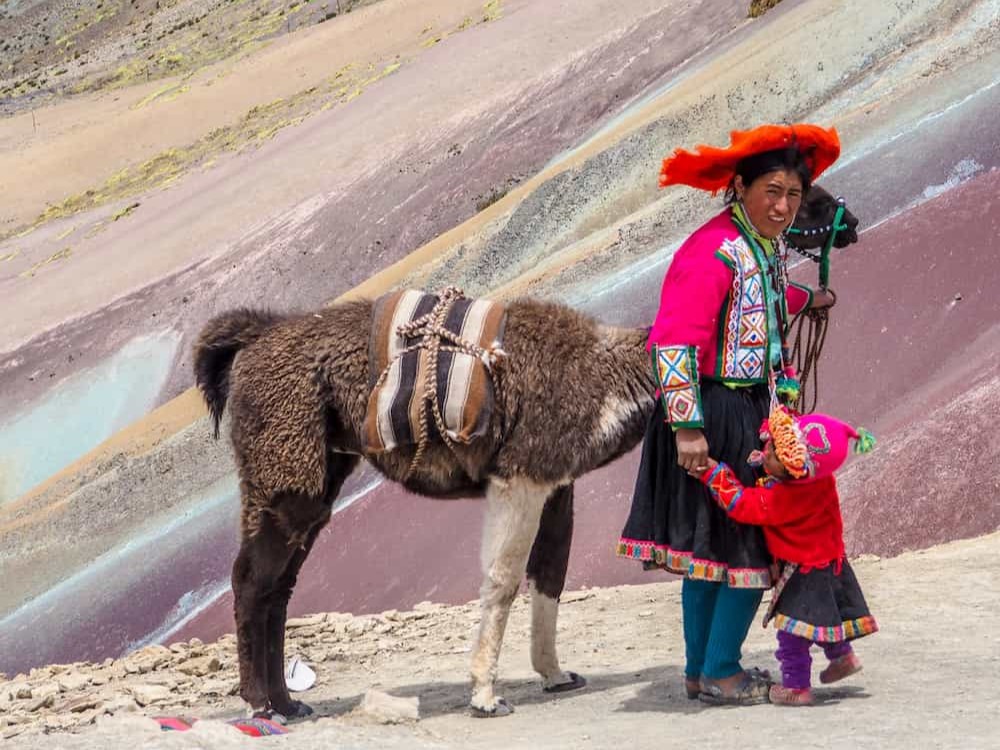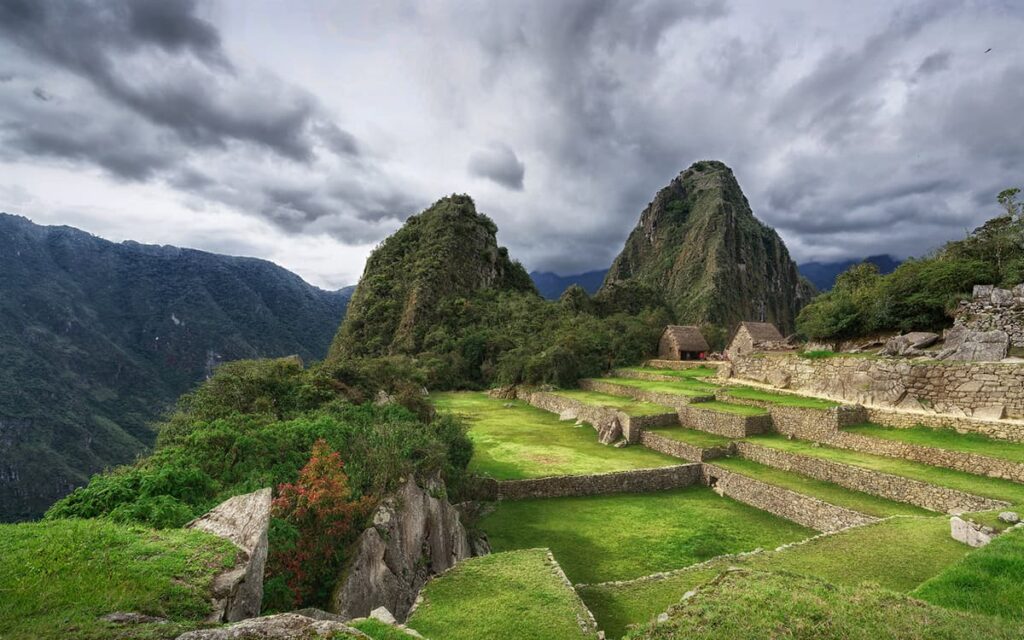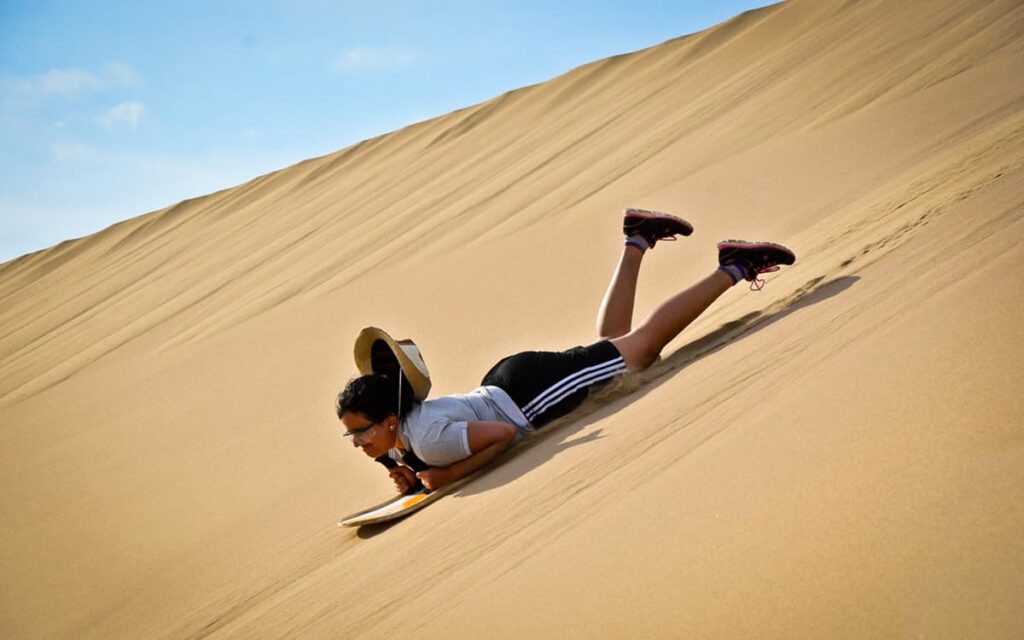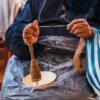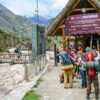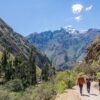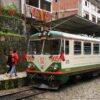The Museum of the Santa Catalina Monastery is a historical-artistic collection; The convent was built in 1601 on the Acllahuasi Inca or House of the Chosen. Starting in 1975, he exhibited his collection of canvases from the Cusco School, which include paintings of the life of Saint Rose of Lima, Virgin Mary with Saint Joseph, Saint John, The Assumption of the Virgin, Saint Rafael the Archangel, works by Marcos Ribera. , Francisco Padilla and Diego Quispe Tito, among others; The museum also exhibits silverware, porcelain and furniture from the colonial era.
Thirteen professed nuns of contemplative life currently live in the Monastery of Santa Catalina in Cusco. They are followers of the first nuns of the Order of Preachers (Dominican Order) of the Monastery of Prouilhe, founded in 1207 by Santo Domingo de Guzmán.
Her main spiritual task is to help with her prayers the evangelizing mission of the friars and the church. The regulations of the Order presuppose a strict closure for them, although this limitation has been softened in recent decades. Her habit is black and white, according to the tradition of the Order of Preachers.
Their cells are located in the two inner cloisters, behind the temple. Since viceregal times the nuns of Santa Catalina were known for their sophisticated embroidery on their liturgical vestments with images of saints and for their delicious pastries.
The museum exhibition of the Museum of the Santa Catalina Monastery has been renovated in the years 2008 – 2009 to reflect the environment and customs of cloistered monastic life, which has preserved many ancient uses through several centuries. The objects on display in the museum belong to various eras, from the 16th to the 20th century.
Several characteristic spaces for a monastery of nuns have been rebuilt: the Labor Room, the Chapter House, the Refectory, the Novitiate, the Foundress’s Cell, among others.
The works of viceregal art in the Monastery’s collection can be found in the specialized Pinacoteca and are distributed in the rest of the exhibition spaces.
Location
- Region: Cusco
- Province: Cusco
- District: Cusco
- Address: Located in Plazoleta de Santa Catalina N ° 401.
The Museum of the Santa Catalina Monastery is located one block north of Arequipa’s imposing Plaza de Armas. Urbanly, it is distinguished from the rest of the colonial checkerboard since it occupies a block and a half of it.
Despite this, until before 1970 the Arequipans had no idea what was happening behind its quiet and solid walls. In fact, it is very difficult to find old photographs of the monastery; even tourist guides from 1960 dispensed with the monastic complex, which curiously is now the quintessential symbol of Arequipa’s colonial architecture.
After 1970 the monastery was divided into two parts, an old one that was opened to the public and a modern one, which is where the cloistered nuns currently live. Added to them is the Church of Santa Catalina, which is logically open to the public, and which the nuns access from a non-visible area.
Description
The site that currently occupies this museum, was called in Inca times the Acllawasi or House of the Chosen. In it, the most beautiful women of the empire were confined, some of whom had to dedicate themselves to the cult of the sun and others to the service of the Inca, as well as to textile work and the culinary art.
The Santa Catalina Monastery was founded in 1601 in the city of Arequipa, but was soon moved to Cusco due to a series of devastating natural disasters that occurred in that city at the beginning of the 17th century. The initiative of the foundation belonged to the widow Mrs. Lucía Rivera de Padilla, possessor of a great fortune. In February 1605 the first 25 professed nuns arrived in Cusco.
Attractions
The Museum of the Santa Catalina Monastery offers exquisite colonial architecture that corresponds to the last stages of the Renaissance, with the presence of Roman-style arches. It has paintings from the Cusco school from the 17th and 18th centuries, huge tapestries from the colonial era and, highlighting everything, the chapter house where you can admire the colors of the colonial paintings.
Architecture
The charm of this citadel resides in the solidity and plasticity of its volumes, and the beauty that masters and builders achieved in the architecture of those enclosures through arizing solutions such as flying buttresses or the construction of sturdy arches based on pillars.
In the interiors, domes and vaulted roofs greatly expand the space and increase the sense of strength of the buildings. It is also perceived, especially in the area of ??the alleys, the intervention of bricklayers who, lacking a properly architectural design, were building walls, roofs, cells, patios and facades with a simple approach.
From the outside you can see how the same architecture has marked a strict division between the world of the convent and the outside. A wide wall of ashlars surrounds the citadel. The current building treasures splendid pieces of art, such as a baroque altar of carved and gilded wood, with one body and three streets, which exorcises the chapel, and several paintings from the Cusco school.
Brief history
In 1576 Doña María de Guzmán, a wealthy and wealthy widow, decided at the age of 30 to hand over all her assets for the construction of a monastery in honor of Santa Catalina de Siena, of which she would be her first prioress. The first monastery was erected on a modest piece of land comprised of 4 lots, but significant additions and donations would extend it to occupy a block and a half in around 20,000 m2. This expansion is the product of the donation of Fray Juan de Almoguera (1660-1672), and according to Zamácola.
Throughout the 17th and 18th centuries many nuns from wealthy families entered the convent, paying large sums and building their own cells and those of their servants and slaves. Sometimes girls entered the convent only for a few years, as it was a symbol of status among families to be educated in a convent or monastery. The nuns spent their days between prayers, songs, meditations, educational activities, housework and even food preparation that they sometimes offered to the public.
Among all the religious who lived in the convent, the most famous is Sister Ana de los Ángeles Monteagudo, a pious woman who led a life of austerity and who became prioress of the monastery, and who is credited with the ability to predict events. Various miraculous events led her to be beatified by John Paul II, not without some fear among the Mystian population, since according to legend the day they sanctify her the Misti volcano would burst. In reality, what the humble woman said was “I do not consider myself worthy to be called a saint. That is as unlikely as the Misti bursting. «
Schedule:
Hours: Monday to Saturday from 9:00 a.m. at 5:30 p.m. and Sundays from 2:00 p.m. at 5:00 p.m.
Entrance fee:
- General ticket: S /. 8 (New Sun).
- Student ticket (with card): S /. 4 (New Sun).
- Combined ticket for two museums (Monastery of Santa Catalina and Convent of Santo Domingo – Qoricancha): S /. 15 (New Sun).
- Combined student ticket for two museums (with card): S /. 7 (New Sun).
Visiting Cusco is a real adventure whose protagonist will be yourself, instead of a memorable experience, that is why Cusco is definitely one of the most incredible cities with a great variety of archaeological centers and tours such as Sacred Valley, Camino Inca or Machu Picchu. To enjoy an unforgettable experience, contact Inka Trail Backpacker, a company that will better assist you during your visit, of course it is always with the necessary advice for you and yours as well as the guarantee, responsibility and security that characterizes us. If you visit the city of Cusco another impressive destinations that you can visit are the tour to rainbow mountain peru or the humantay lake tour from cusco, which only takes one day. But if you are gonna to stay more days in Cusco, other archaeological places you can know will be the choquequirao trek peru, the salkantay trek to machu picchu, and the classic inca trail 4 days 3 nights.

